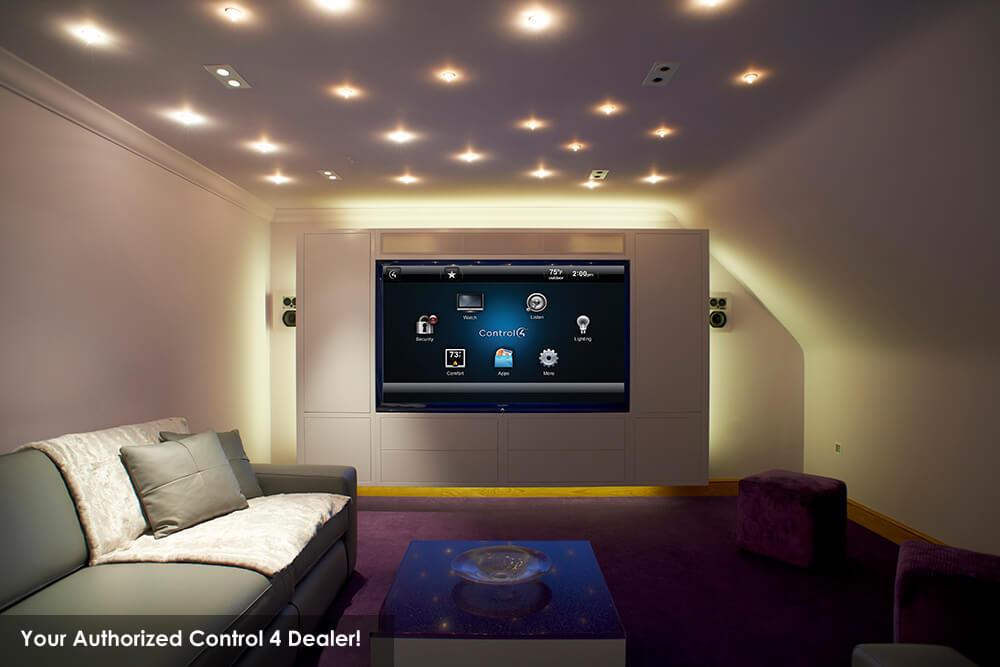Read Tips For Implement the Ideal Surveillance System to Fulfill Your Safety Requirements
Read Tips For Implement the Ideal Surveillance System to Fulfill Your Safety Requirements
Blog Article
When it comes to guaranteeing protection and safeguarding, selecting the appropriate CCTV setup is essential. Closed-circuit television (CCTV) systems are widely utilized for surveillance in various settings, such as homes, businesses, and community areas. These systems help monitor activities, deter crime, and provide valuable evidence in case of incidents. Understanding the different elements and features of CCTV systems can help individuals and organizations make informed decisions that best meet their security requirements.
One of the initial factors when selecting a CCTV system is the type of cameras needed. There are numerous varieties of devices available, such as bulb devices, projectile devices, and PTZ (pan-tilt-zoom) devices. Bulb cameras are often used for indoor monitoring due to their discreet appearance, while bullet cameras are more visible and are typically employed outdoors. PTZ cameras offer the ability to zoom in on specific areas and can be controlled remotely. Evaluating the specific environment and the areas that need monitoring will help determine which type of camera is most suitable.
Another important consideration to take into account is the resolution of the devices. Higher clarity cameras offer sharper images, which can be critical for identifying people or details in a scene. Typical resolutions include basic definition (SD), elevated resolution (HD), and ultra-high resolution (UHD). While increased resolution devices may come at a increased cost, they can considerably enhance the effectiveness of a monitoring system. It is also important to take into account the lighting circumstances in the area being observed, as some cameras are better suited to handle dim situations than alternative options.
Storage choices are also a key component of CCTV systems. Footage footage can take up a significant amount of space, so it is crucial to select a system with sufficient capacity options. Many systems provide cloud storage, which enables for off-site retrieval to footage and can offer additional security in the event of theft or destruction to the tangible storage. Alternatively, on-site options, such as digital footage recorders (DVRs) or network video devices (NVRs), can be used. Understanding the capacity needs based on the quantity of devices and the desired holding period for footage is vital for effective surveillance.
Finally, the setup and maintenance of the CCTV setup should not be ignored. Professional installation can guarantee that cameras are positioned in optimal spots for best coverage. Additionally, routine upkeep is essential to keep the system functioning effectively. This entails checking device positions, cleaning optics, and making sure that software is up to date. Some systems also provide off-site monitoring capabilities, enabling users to access live recordings from their mobile devices or laptops. This feature can provide peace of mind and improve the general effectiveness of the security system.
In summary, selecting the ideal CCTV setup involves careful consideration of various factors, including camera types, resolution, capacity choices, and setup. By comprehending these elements, blog people and organizations can choose a system that efficiently meets their safeguarding requirements. A well-planned CCTV system not only helps deter crime but also provides valuable evidence when needed, making it an essential expenditure for protection and safeguarding.